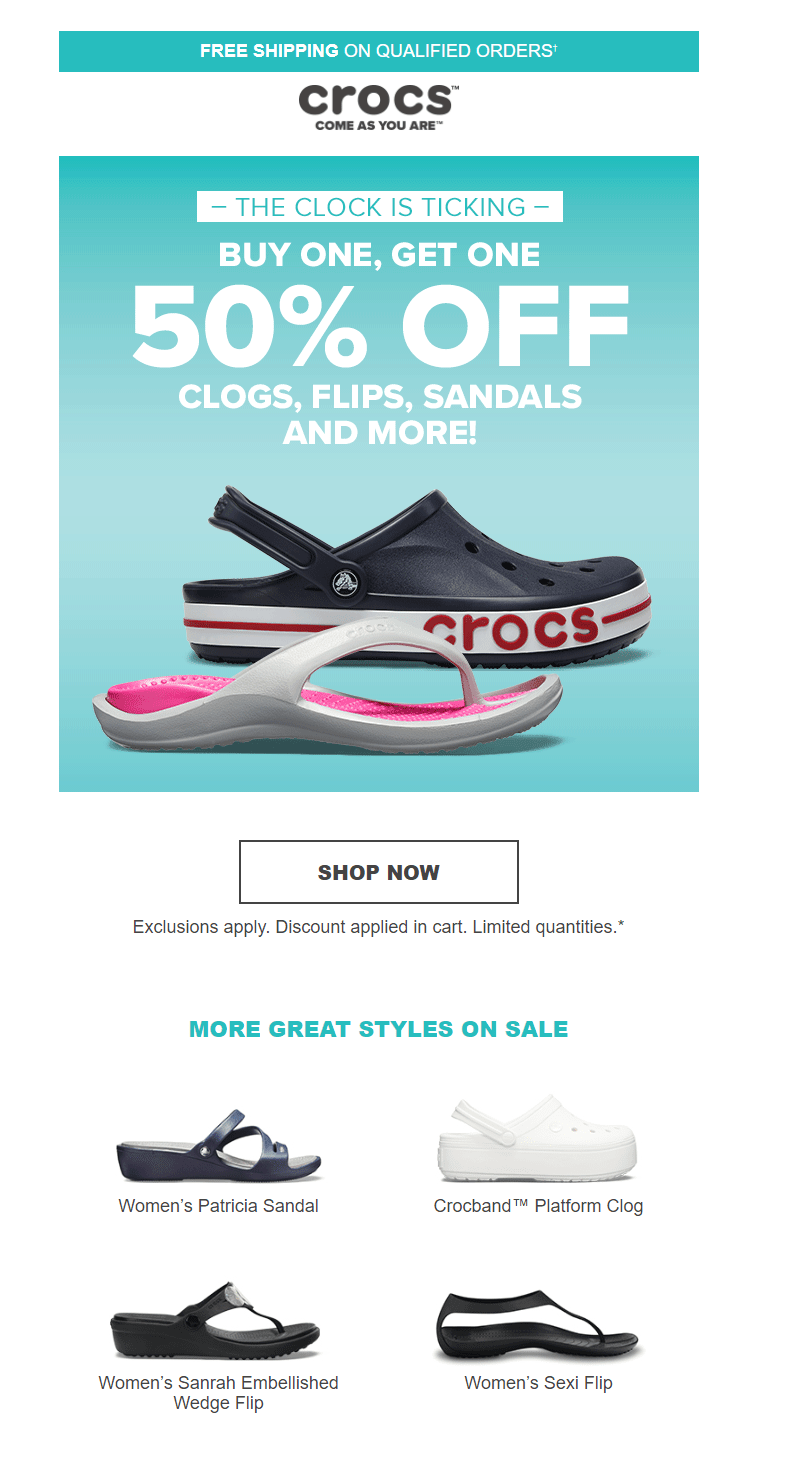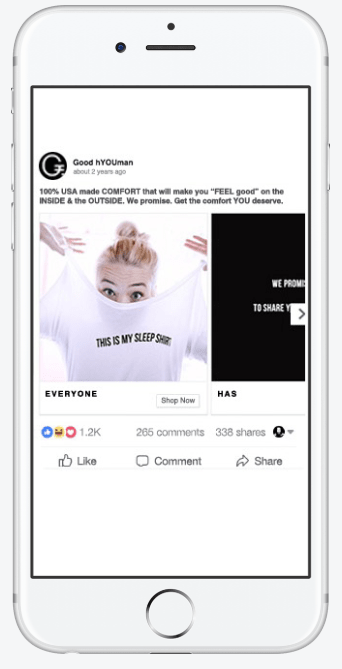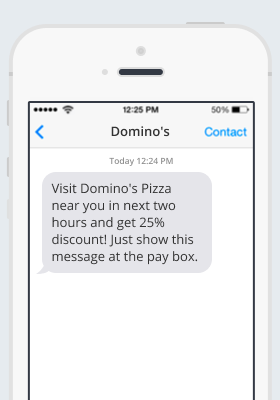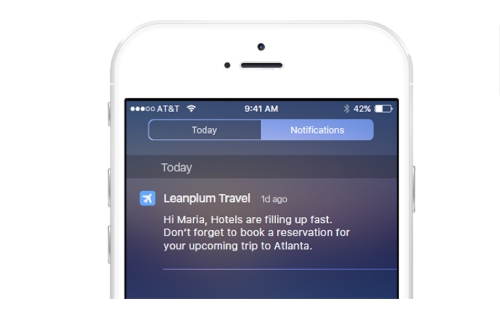Multi-channel marketing is a combination of various channels — online and offline — that helps companies to put products and services in front of the target audience at the right place and at the right time.
All marketing channels belong to two groups: digital channels — email, social media, search engine, SMS, web push notifications, messengers, PPC ads, and traditional channels — TV, radio ads, newspaper ads, flyers, direct mailing, etc.
To gain success, marketers analyze where potential customers hang out and advertise to them, carrying the message in the most convenient way for people.
In this video, an expert from Marketing 360 gives six helpful tips on multichannel marketing usage in a local business.
Why is multichannel marketing important?
Utilizing different marketing channels at once helps brands to be present where their target audience is. Communication across different channels maximizes the chances of users' engagement. If you sell jeans, your audience is made up of people of different ages. The youth spend more time in socials, while older people prefer looking for sales and discounts in their email inbox, so you need to be active on both channels.
The bigger your audience is, the more revenue you get if you wisely combine marketing channels relevant to your business. Today people expect all trustworthy companies to be present on socials, have chatbots on Facebook pages, and advertise via emails, not to speak of having a well-designed informative website.
Let’s find out which channels will help in your multichannel marketing strategy work out!
Read more about multichannel marketing on our blog!
Multi-channel Marketing Elements
- Email marketing
- Social media marketing
- Messenger marketing
- SMS
- Web push notifications
Since traditional marketing usually requires enormous budgets and is not highly targeted like most digital channels, let’s focus on internet marketing channels with examples.
Email marketing
It allows brands to communicate with willingly subscribed users via emails. The core idea of email marketing is to build long-lasting, trusting relationships with a genuinely interested audience. With bulk email services like SendPulse, you can send automated emails, create email templates, and manage mailing lists. Within your email marketing strategy, you can set email workflows to cover processes like shopping cart abandonment, onboarding, upselling, etc., without your further interference.

Social media marketing
This marketing channel means using socials like Facebook, Instagram, Twitter, Pinterest, etc., to advertise to your target audience. Socials are an excellent platform for growing your audience, engaging in a more natural, humane way, or performing giveaways supported by email. Facebook, for instance, allows contacting leads organically by sharing helpful content and with paid PPC ads in various formats. Video ads, Carousels, Slideshows, Images, etc. are highly customizable in terms of visuals and targeting.

Messenger marketing
You can create a chatbot for Facebook Messenger or Telegram app to promote your products, automate answering customers' frequently asked questions, collect orders, etc.
This is a GrowthRocks chatbot in Facebook Messenger which helps startuppers and small businesses with useful pieces of advice.
Eddy Travels Telegram bot helps find a ticket for any flight. Look below.
SMS
It is a way to reach people via mobile phones with short promotional messages. They have an extremely high open rate — up to 95%. Like email marketing, it requires to opt-in users to start communication. It is a beneficial marketing tool for local businesses, but with SendPulse, you can send bulk SMS in over 200 countries, too.

Web push notifications
This is a channel for advertising via small messages which appear in the screen corner when users browse the internet. Web push notifications help to instantly inform people about news and updates, promote upcoming events, and provide relevant materials like blog articles and how-tos, etc.

Multi-channel vs. omni-channel marketing
There is not much difference between these terms since both use multiple marketing channels to communicate with the audience.
However, omni-channel marketing aims to put the customer in the center of marketing, surround them with the most engaging media, ensuring the overall integrity between the channels. It means that brands strive to arrange a significant buyer journey via different channels that support each other.
Multichannel marketing, in its turn, provides a variety of channels to the user’s choice. It means that brands don’t necessarily make a winning interchannel combination. The information on various channels will duplicate on all platforms where the audience presumably spends time.
Multi-channel Marketing Best Practices
- Don’t stick to a single channel
- Gradually implement different channels
- Find out your buyer persona
- Provide value instead of just selling
- Use a communication style that fits a specific channel
- Don’t stick to a single channel. If you use only email marketing and gain success, there are still more potential customers, who may not be keen on emailing, hanging out in socials. To grow your audience, create multichannel subscription forms with SendPulse. This way, you will collect users' email addresses and let them join your brand in Facebook Messenger and Telegram.
- Gradually implement different channels. If you run a small business, start with one or two marketing channels that you clearly understand how to use. When your efforts pay off and your company grows, connect other channels choosing those, which can complement each other.
- Find out your buyer persona. Define your ideal customer to quickly find the appropriate marketing channels for communication with your audience. To bring that idea to life, do some research, collect data from subscription forms on your website, use Google Analytics, and monitor statistics for every email campaign.
- Provide value instead of just selling. Today, the competition for users’ attention is so high that giving a good discount is just not enough to sell. Many offer discounts, but not many provide real value. Mix promotions with how-tos, helpful articles, instructions, hacks on how to use items you sell — anything that makes your audience feel thankful and loyal to your brand.
- Use a communication style that fits a specific channel. Change the way you sound on different channels. Across every marketing platform — socials, emails, SMS — your message should look slightly different, even if it contains the same information.
References
- The article “What is Multichannel Marketing” from HubSpot defines the term and names the hallmarks of successful multichannel marketing.
- The article “Multichannel marketing: What is and Why it Matters” by SAS unveils the importance of a multi-channel marketing strategy.
Last Updated: 08.11.2023




or